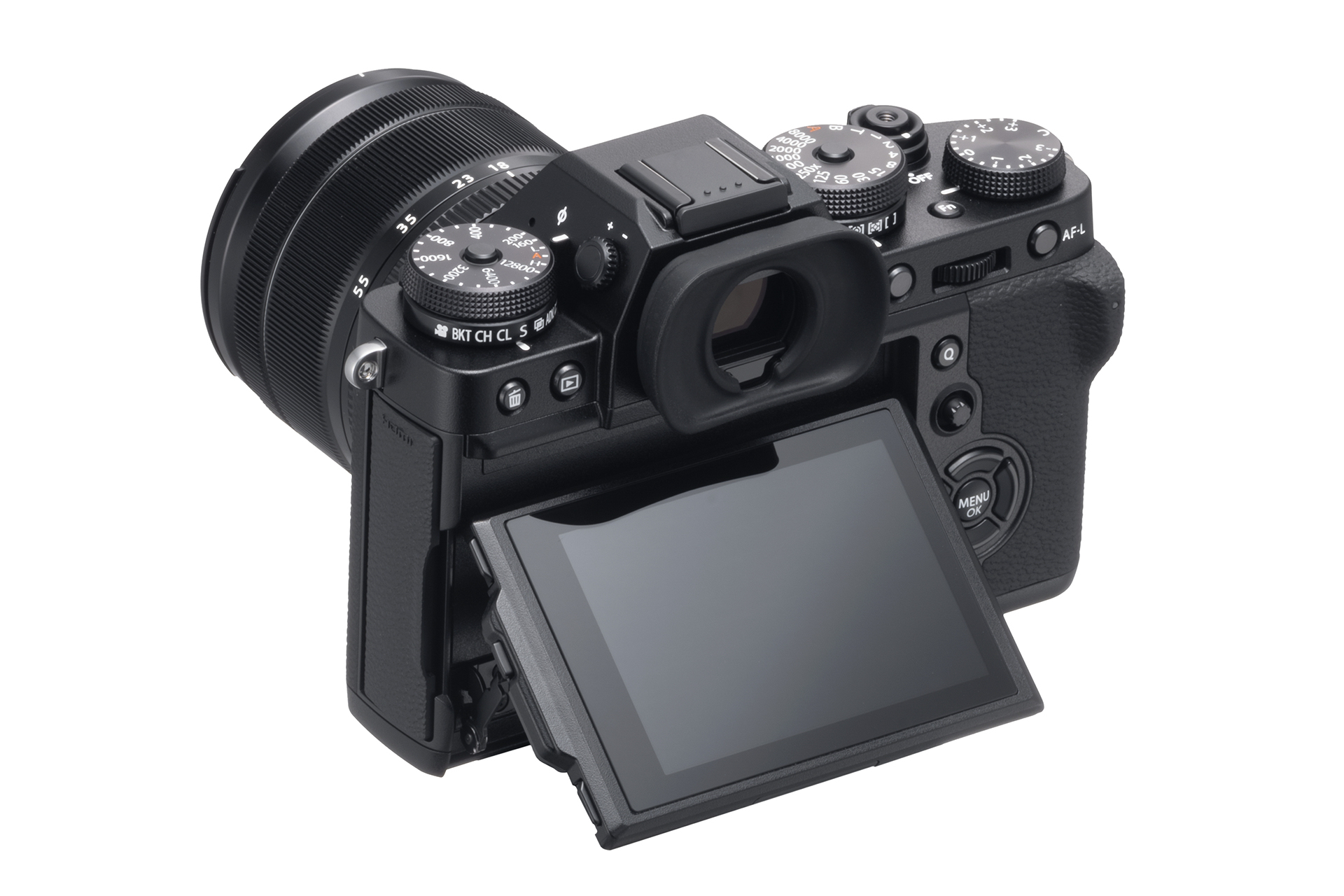Fujifilm has confirmed the latest mirrorless addition to its seven-year-old X series, the X-T3.
Described as a "complete upgrade" over the X-T2, the new model features a new 26MP back-illuminated X-Trans CMOS 4 sensor, with a readout speed around 50% faster than that of the sensors in current models. This lacks an optical low-pass filter, and is said to maintain the same noise levels as on previous models despite the increase in pixel count.
Furthermore, Fujifilm is keen to stress that the base native ISO of the sensor begins at ISO160, which was previously only available as an extension.

The new sensor is partnered with a fresh X-Processor 4 image processing engine, which boasts four separate CPU units to deliver image processing speeds said to be around three times as fast as those on current Fujifilm models.
In traditional Fujifilm style, we once again see improvements made to autofocus performance, in particular to ensure the camera can track moving subjects more accurately. There are now 2.16 million phase-detect AF pixels – four times the number on the X-H1 and X-T2 – and these cover 100% of the frame.
The X-T3 is also said to deliver substantially enhanced performance in face/eye detection AF, while AF sensitivity is now rated down to -3EV. Blackout-free burst shooting is also promised.

The model also has the honor of being the first mirrorless camera based around an APS-C sensor that can capture 4K/60p footage in 10-bit. The camera is capable of 4K/60p 4:2:0 10-bit recording internally, and 4K/60p 4:2:2 10-bit output through its HDMI port, and both headphone and microphone ports are found around the side of the body.
The increased readout speed from the sensor is also responsible for a reduction in rolling shutter over previous cameras in the series, and Fujifilm has stated that a future firmware update will bring Hybrid Log Gamma support to the camera.
The company's Film Simulation options have also been fleshed out, with the GFX 50S's Colour Chrome Effect and Monochrome Adjustment functions within the Monochrome mode. These are intended to emulate the kinds of looks one would achieve in the darkroom with different developers and paper choices.

Other features include a 3.69 million-dot electronic viewfinder, the resolution of which matches that of the EVFs on many recent models, such as the Canon EOS R and Nikon Z7, and with a magnification of 0.75x, a 100fps refresh rate and a lag time of 0.05 sec, while on the rear is a 3-inch touchscreen.
There's also a new Pre-Shoot function, which begins capturing images as soon as you half-press the shutter release button, and it's also now possible to shoot at 11fps without the battery grip required with previous models. A new Sports finder mode has been included on the X-T3, designed to help the user capture moving subjects by way of a 1.25x crop marking in the viewfinder or LCD. In this mode, 30fps capture at a resolution of 16.6MP is also possible.

The X-T3 will be available from September 20 in black and silver options, priced at £1,349 / $ 1,499.95 / AU$ 2,499 for the body on its own. If you're after a kit with the XF 18-55mm f/2.8-4 R LM OIS lens, that will set you back £1,699 / $ 1,899.95 in the UK and US, respectively. We don't have a kit price for Australia yet, but we'll update this page when we know more.